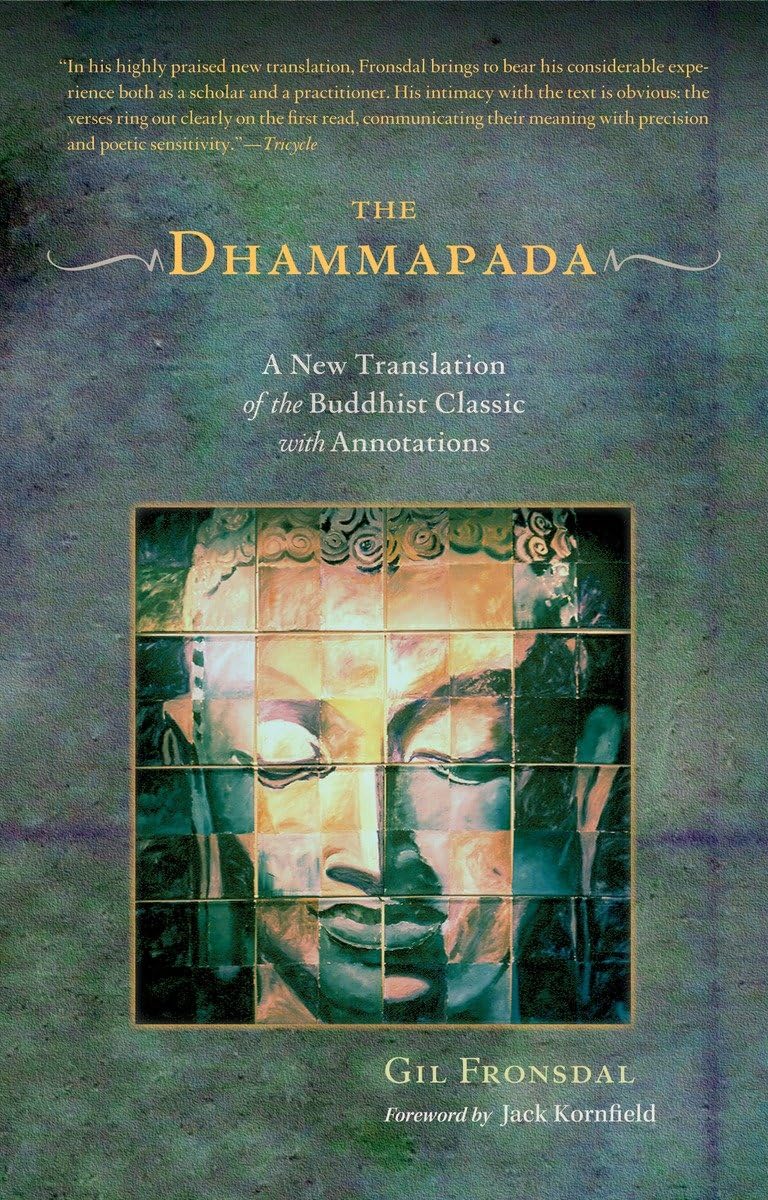The Dhammapada

Synopsis
The Dhammapada is the most widely read Buddhist scripture in existence, enjoyed by both Buddhists and non-Buddhists. This classic text of teaching verses from the earliest period of Buddhism in India conveys the philosophical and practical foundations of the Buddhist tradition. The text presents two distinct goals for leading a spiritual life: the first is attaining happiness in this life (or in future lives); the second goal is the achievement of spiritual liberation, freedom, absolute peace. Many of the key themes of the verses are presented in dichotomies or pairs, for example, grief and suffering versus joy; developing the mind instead of being negligent about one's mental attitude and conduct; virtuous action versus misconduct; and being truthful versus being deceitful. The purpose of these contrasts is, very simply, to describe the difference between what leads to desirable outcomes and what does not.